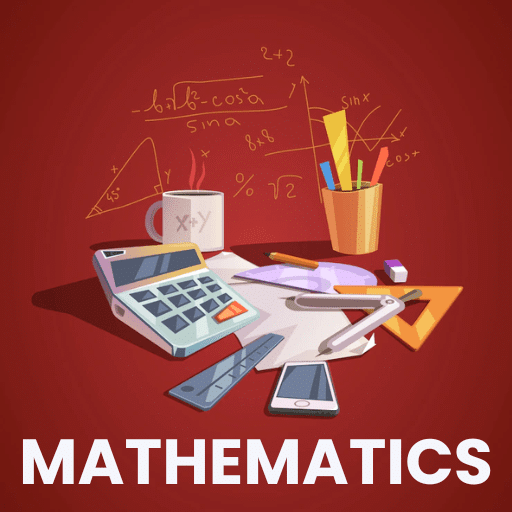Best Study Material for Class 7 Exam
Class 7 Exam > Class 7 Notes > Social Studies (SST) Class 7 > Worksheet: Our Changing Earth
Our Changing Earth Class 7 Worksheet Geography Chapter 3
Q.1. How do glacial moraines form?
Q.2. What is a volcano?
Q.3. What are Lithospheric plates?
Q.4. What is erosion?
Q.5. Why do the plates move?
Q.6. What is the name of the scale used to measure earthquakes?
Q.7. Why do some rocks have a shape of a mushroom?
Q.8. How are flood plains formed?
Q.9. Name some waterfalls.
Q.10. What are sand dunes?
Q.11. How are sea caves formed, and what are they called?
Q.12. How are earthquakes measured?
Q.13. How is a delta formed?
Q.14. Sea caves are turned into stacks. Give reason.
Q.15. How do glaciers shape the landscape, and what do they form as a result of their erosion and deposition?
You can find Worksheets Solutions here: Worksheet Solutions: Our Changing Earth
The document Our Changing Earth Class 7 Worksheet Geography Chapter 3 is a part of the Class 7 Course Social Studies (SST) Class 7.
All you need of Class 7 at this link: Class 7
|
63 videos|365 docs|46 tests
|
FAQs on Our Changing Earth Class 7 Worksheet Geography Chapter 3
| 1. What are some examples of natural disasters caused by changes in the Earth's surface? |  |
| 2. How does the Earth's surface change over time? |  |
Ans. The Earth's surface changes over time due to various natural processes such as erosion, weathering, tectonic plate movements, and volcanic activity. These processes can result in the formation of mountains, valleys, canyons, and other geological features.
| 3. What are the consequences of changes in the Earth's surface? |  |
Ans. Changes in the Earth's surface can have both positive and negative consequences. Positive consequences include the creation of new landforms, fertile soil for agriculture, and the formation of valuable mineral deposits. However, negative consequences include the destruction of ecosystems, loss of biodiversity, damage to infrastructure, and the displacement of human populations.
| 4. How do human activities contribute to changes in the Earth's surface? |  |
Ans. Human activities such as deforestation, mining, construction, and urbanization can contribute to changes in the Earth's surface. These activities often lead to habitat destruction, soil erosion, pollution, and the alteration of natural drainage patterns, which can have long-lasting impacts on the environment.
| 5. How can we mitigate the negative effects of changes in the Earth's surface? |  |
Ans. To mitigate the negative effects of changes in the Earth's surface, it is important to adopt sustainable practices such as reforestation, responsible mining, and land-use planning. Additionally, implementing erosion control measures, promoting conservation efforts, and raising awareness about environmental issues can help protect the Earth's surface and minimize the negative impacts of human activities.
Related Searches


























